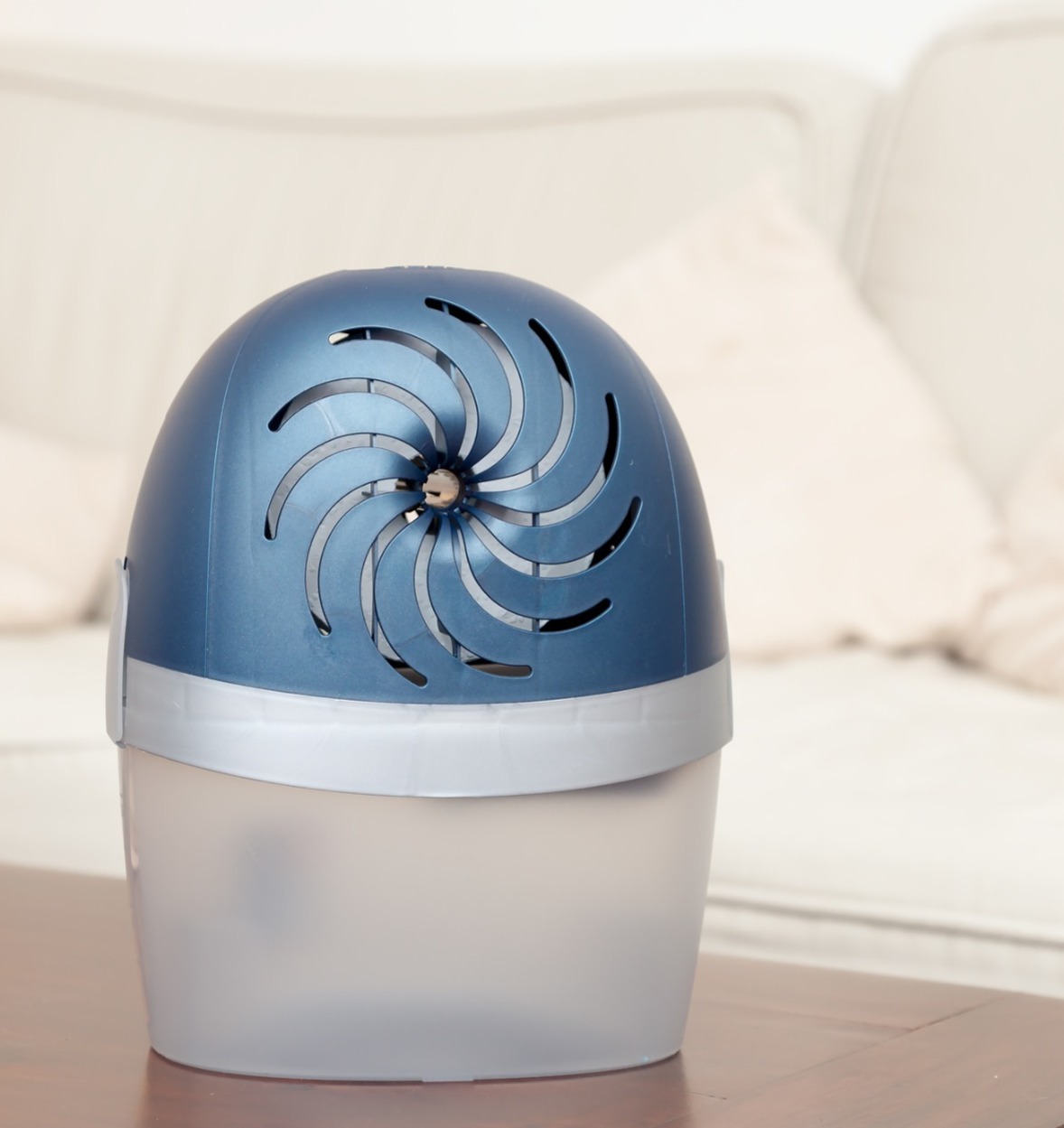5 measures you can take to prevent damp
Posted on 17th September 2021 at 15:48
This content will be shown in the summI understand that it’s off the back of a comparably miserable summer that I say this; however, Winter is coming. The cold and the damp will soon be in force, and over the next few months you are more at risk of letting damp attack your home.
I know! Sometimes it seems that black mould and damp can be a force all their own. But there are ways that you can help prevent a fungal invasion.
Here are 5 measures you can take to prevent damp in your home.ary on the main blog page. Click on this text to edit it.
This content will only be shown when viewing the full post. Click on this text to edit it.
Dry clothes outside whenever possible
I imagined a few eyebrows raising at this suggestion. But, if it isn’t raining outside, hang your washing up out there. Any wind, or even a pale bit of sun, can help you dry your clothes.
If you keep your clothes hanging indoors the moisture can settle on your walls and provide the ideal surface for damp to grow.

Leave internal doors open to help prevent damp
Enclosed rooms don’t allow for as much ventilation. If you’re cooped up in a man cave or games room, leave a door open.
Having the doors open will allow for a better flow of air around the house meaning that damp is less likely to form. The more doors open the better air flow there will be around your home.
Use a dehumdifier
Dehumidifiers don’t have to be expensive. There are some crystal-based dehumidifiers that draw the moisture from the air and collect it so that it cannot cling to your walls.
These are great for inside wardrobes, behind cupboards, or under the stairs. Anywhere that is damp prone.
Dehumidifiers are a cost-effective way of collecting moisture from the air thus denying damp the conditions it needs to breed on your walls.
Wipe windows and windowsills with a dry cloth
Windows are a prime location for damp to enter your property. Even if you have them closed moisture can still work its way in. And, of course, if your heating is high in the house then you can cause condensation on the inside of the glass.
Of course, in the winter the glass will be colder than the inside wall, so it will collect more moisture. To prevent damp, wipe the windows and the windowsills with a dry cloth.
Don't leave your kettle continuously boiling
Of course, as the winter gets colder, you will want more hot drinks. And I don’t know about you, but at Christmas, there’s nothing better than an Irish coffee or a Bailey’s hot chocolate.
Try, if you can, to only boil as much water as you need when doing this. The fuller the kettle, the longer it needs to boil. The longer it boils, the more steam is released into the air and settling on your walls.
Cutting down the amount you are boiling the kettle is also a good way to save electricity too.

Helping prevent damp is quite easy
As you can see, these suggestions neither break the bank, nor do they take a degree in quantum physics. Damp is a clever fungus, but it can be slowed down. However, if damp does appear on your walls, or at least if you think it is damp, give us a call. We will provide a free damp survey for you.
If you are worried about mould in your home, please feel free to contact us at any time by calling 01604 652 920 or email us on info@srgillbuilders.co.uk.
Share this post:





